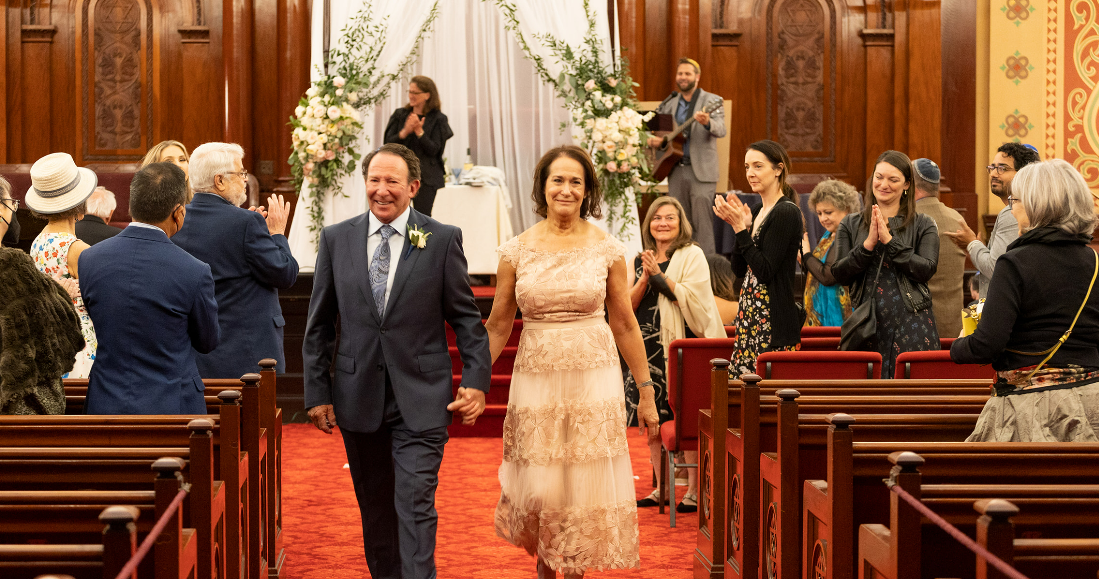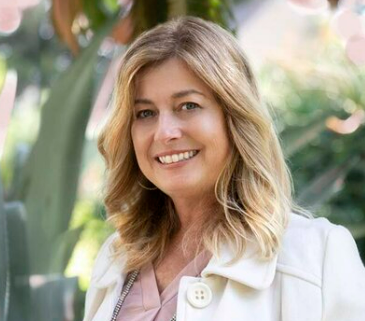Welcome To My Blog!

Mastering the Flow: A Guide to Sequencing Photography at Weddings and Bar Mitzvahs
Greetings, dear reader! As a professional female photographer with a wealth of experience in capturing life's most significant events, I'm thrilled to share my expertise on sequencing the flow for photography at events like weddings and bar mitzvahs. By the end of this blog post, you'll be equipped with valuable knowledge and ready to deliver an exceptional experience for your clients. Let's dive in!
The Art of Sequencing
Sequencing is the process of determining the order and flow of the photographs you take at an event. This aspect is crucial to creating a compelling visual narrative that tells the story of the occasion. As Roland Barthes notes in "Camera Lucida: Reflections on Photography," "a photograph's meaning is not only in what it shows, but also in how it is organized" (Barthes, 1980). Thus, sequencing is an essential skill that every event photographer should master.
Establish a Timeline
To effectively sequence your photography at an event, start by creating a detailed timeline. This schedule should include the venue, start and end times, and a list of key moments to capture. In "The Moment It Clicks: Photography Secrets from One of the World's Top Shooters," Joe McNally emphasizes the importance of "establishing a timeline that allows you to be in the right place at the right time" (McNally, 2008).
Prioritize Must-Have Shots
Determine the must-have shots for the event and prioritize them in your sequence. These essential photos typically include group portraits, candid moments, and event-specific rituals. In "Wedding Photography: A Professional's Guide," Mark Cleghorn suggests that photographers "create a checklist of must-have shots to ensure nothing important is missed" (Cleghorn, 2011). This approach ensures that you capture the event's most significant moments while also allowing room for spontaneity.
The Art of Storytelling
As you sequence your shots, consider the overall narrative you're trying to convey. In her book "The Photographer's Story: The Art of Visual Narrative," Michael Freeman states that "the power of a well-crafted visual story can evoke strong emotions and create lasting memories" (Freeman, 2012). By organizing your photographs in a way that tells the story of the event, you'll create a more engaging and meaningful collection of images for your clients.
Be Prepared for Spontaneity
While it's essential to have a plan in place, it's equally important to be open to spontaneous moments that arise during the event. As Bambi Cantrell and Skip Cohen explain in "The Art of Wedding Photography: Professional Techniques with Style," "being flexible and able to adapt to the unexpected is a critical skill for a successful event photographer" (Cantrell & Cohen, 2000). By being prepared for spontaneity, you can capture those magical moments that make each event unique.
Work Closely with Other Vendors
Collaborating with other vendors at the event, such as the event planner, caterer, and DJ, is crucial to ensuring a smooth sequence of photography. By maintaining open communication with these professionals, you can coordinate your efforts and avoid any potential conflicts. In "Picture Perfect Posing: Practicing the Art of Posing for Photographers and Models," Roberto Valenzuela highlights the importance of "working in harmony with other vendors to create a seamless and enjoyable experience for everyone involved" (Valenzuela, 2013).
Anticipate the Flow of the Event
To excel at sequencing your photography, you must anticipate the natural flow of the event. Pay attention to the schedule and be aware of any changes or adjustments that may occur. In "Mastering Digital SLR Photography," David D. Busch advises photographers to "be proactive and ready to adjust your sequence as the event unfolds" (Busch, 2009). This adaptability will ensure that you capture all the essential moments without disrupting the overall flow of the celebration.
Capture the Mood and Atmosphere
In addition to focusing on specific shots, consider the overall mood and atmosphere of the event. Sequencing your photography to capture the ambiance, decor, and candid moments between guests will enrich the visual narrative you create. In "The Digital Photography Book," Scott Kelby notes that "capturing the essence of the event is just as important as photographing the key moments" (Kelby, 2006).
Manage Your Time Wisely
Time management is a critical skill for sequencing photography at events. To maximize your efficiency, allocate specific time slots for group portraits, candid shots, and other essential moments. In "Understanding Exposure," Bryan Peterson suggests that photographers "establish a rhythm for the day that balances planned shots with spontaneous captures" (Peterson, 2010).
Build a Connection with Your Subjects
Establishing a rapport with your clients and their guests is crucial for capturing authentic, emotion-filled images. As you sequence your photography, make an effort to connect with the people you're photographing. In "Wedding Photography from the Heart," Joe Buissink and Skip Cohen advise photographers to "build trust and rapport with your subjects to create images that resonate with emotion" (Buissink & Cohen, 2009).
Review and Adjust Your Sequence
Finally, be prepared to review and adjust your sequence as the event progresses. This ongoing process will enable you to maintain a flexible approach, ensuring that you capture all the crucial moments while also leaving room for the unexpected. In "The Photographer's Eye: Composition and Design for Better Digital Photos," Michael Freeman emphasizes that "a successful photographer is one who can adapt and refine their sequence in response to the evolving dynamics of the event" (Freeman, 2007).
In conclusion, mastering the art of sequencing photography at events like weddings and bar mitzvahs is essential to creating a captivating visual narrative that tells the story of the occasion. By following these guidelines, you will not only enhance your skills as a photographer but also provide your clients with an unforgettable collection of images that celebrate their special day. I hope you find this information both helpful and inspiring, and I look forward to working with you on your next milestone event. Together, let's capture the joy, emotion, and beauty of these extraordinary moments.
SERVING THE SAN FRANCISCO BAY AREA, EAST BAY, SOUTH BAY, LIVERMORE, NAPA, SONOMA, SACRAMENTO, TAHOE




